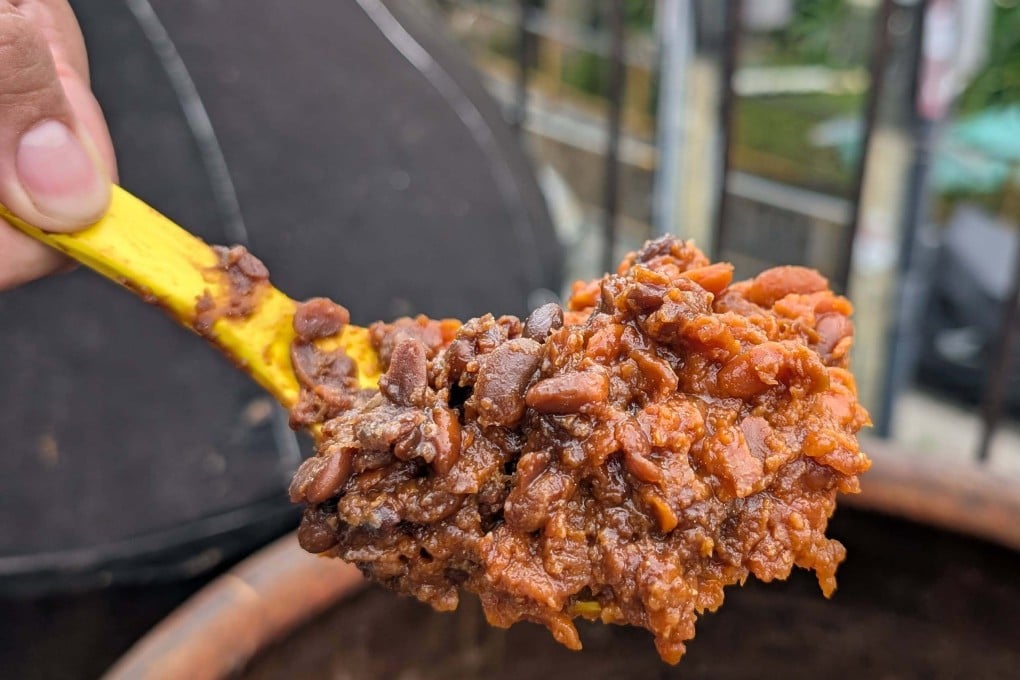The history of Chinese miso and why a Hong Kong version is so special
Forget Japanese miso soup, the Chinese have been making miso for over 2,000 years and some of the best can be had in Hong Kong

When it comes to miso, the first thing that comes to mind may be the fermented bean paste used in the well-known Japanese miso soup. The Chinese, however, have also long fermented soybeans, creating a similar ingredient known as fermented bean sauce.
While the paste may have roots elsewhere, miso soup – a Japanese creation – is believed to have emerged during the Kamakura period (1185–1333).

Most commercial miso in Japan is made with a mix of soybeans and rice, sometimes with barley or seaweed added in. Traditionally, it is made just with soybeans, which are washed, steamed and shaped into balls by hand before koji mould, derived from rice, is added to induce fermentation.